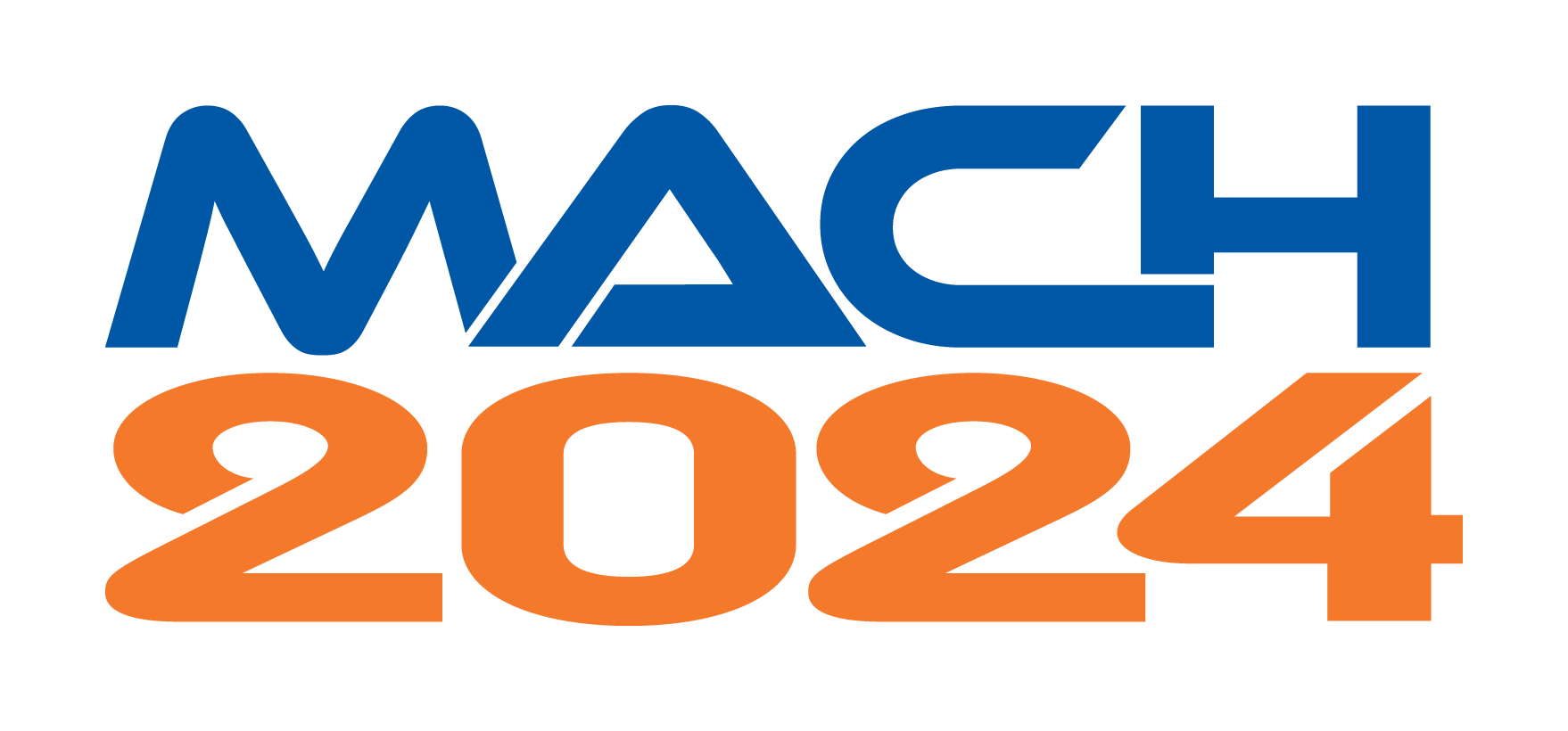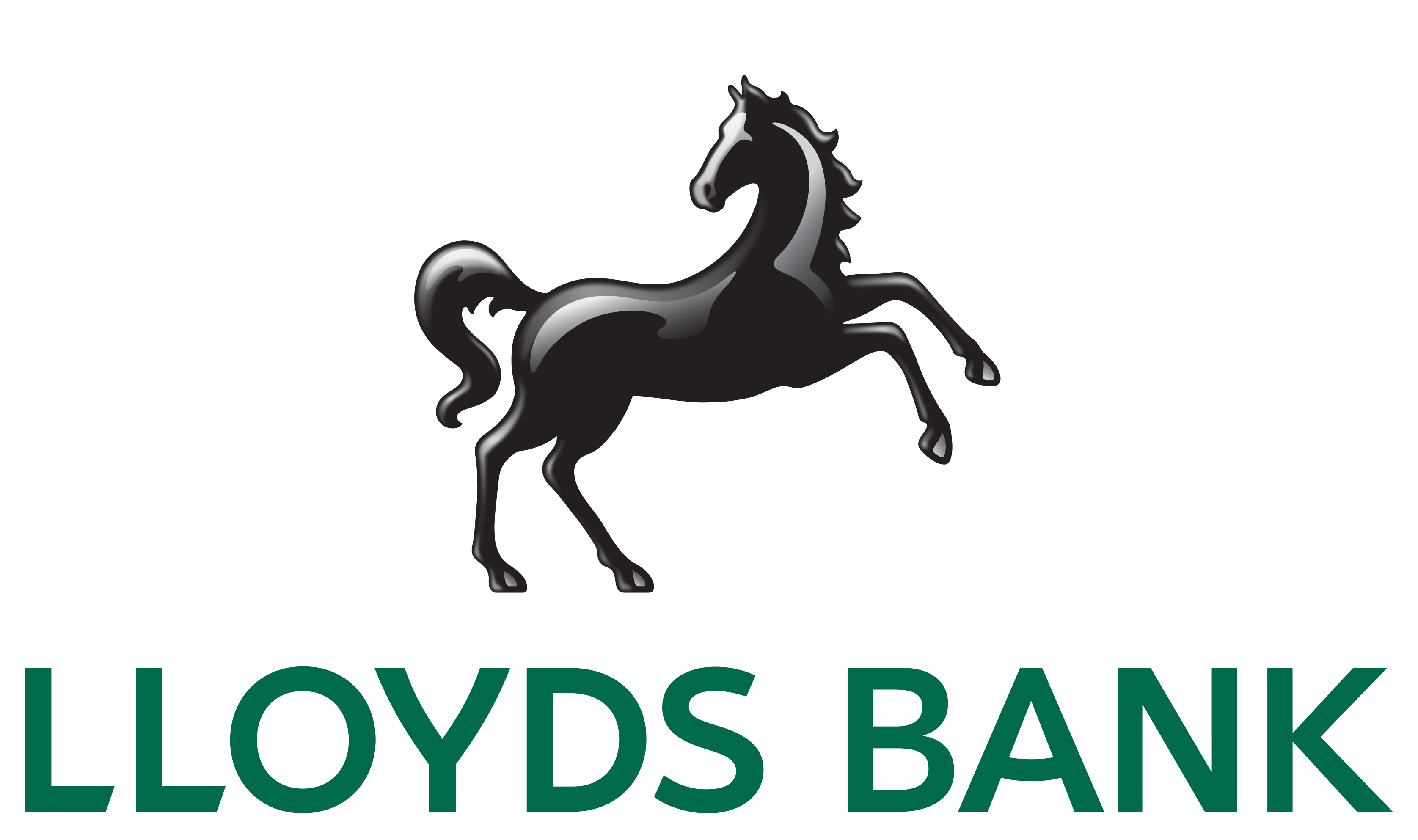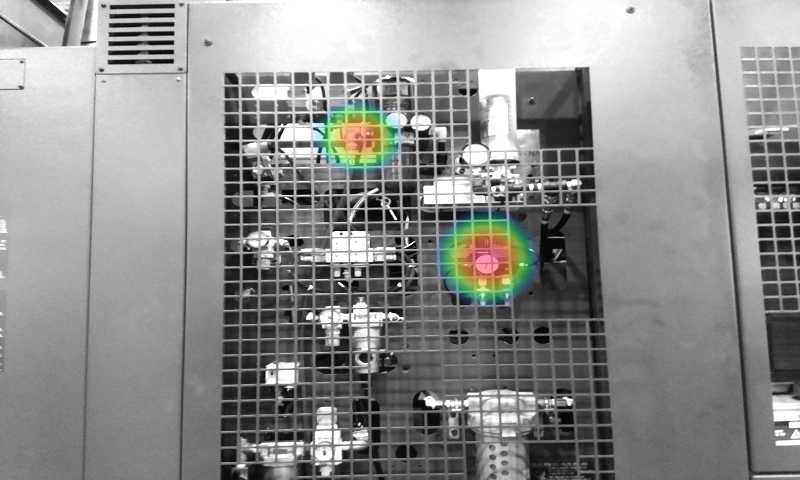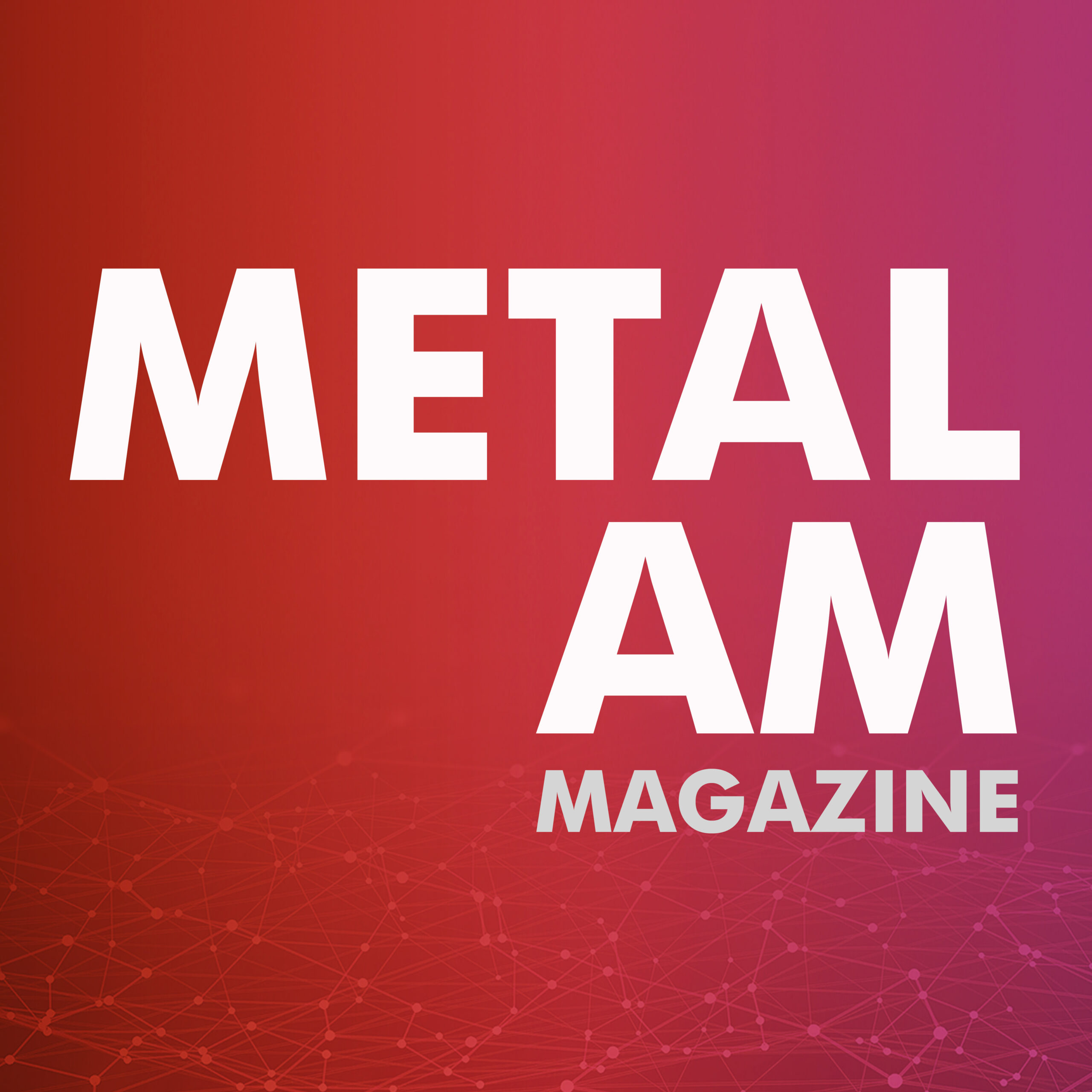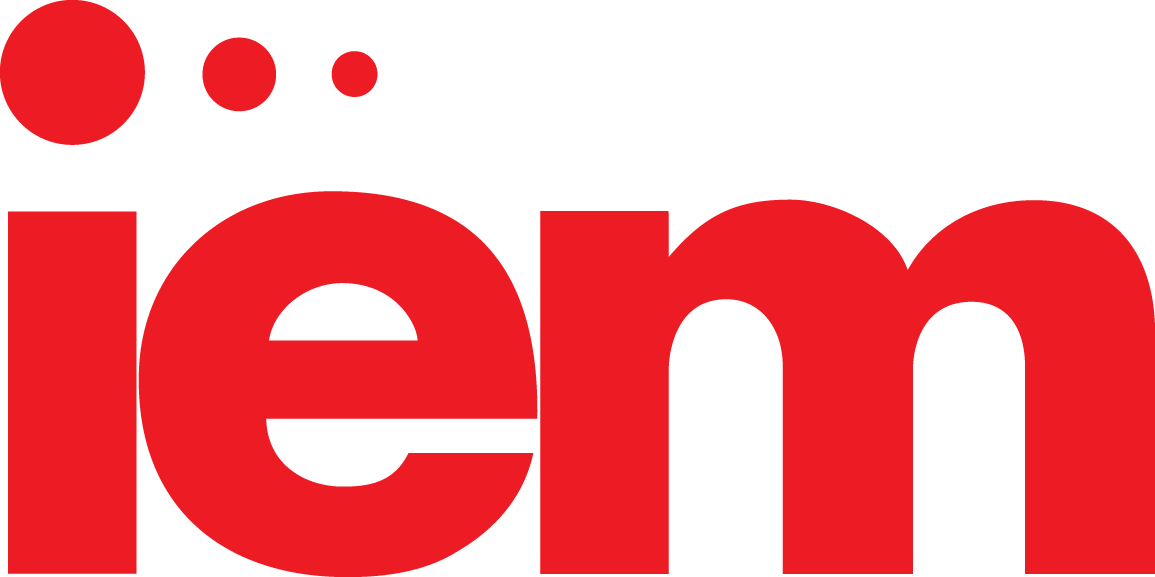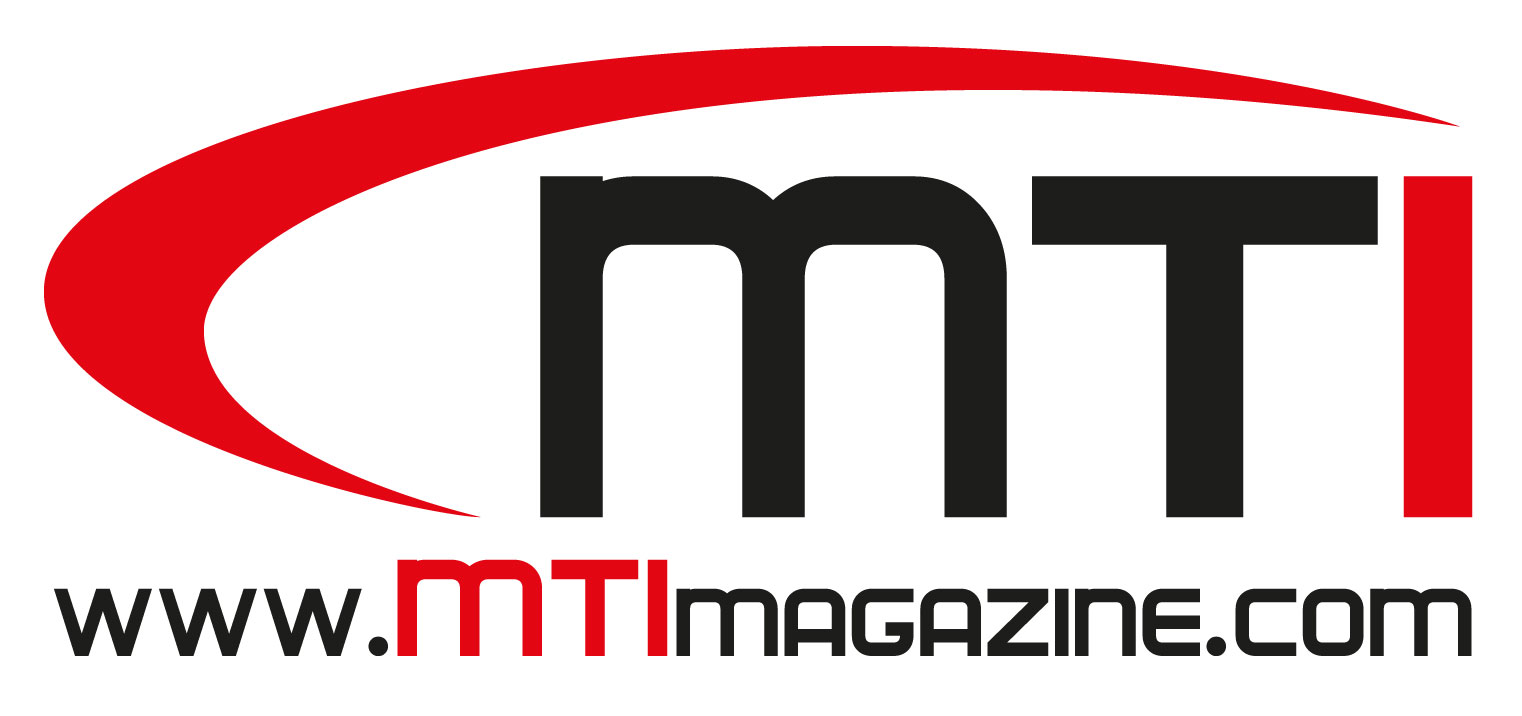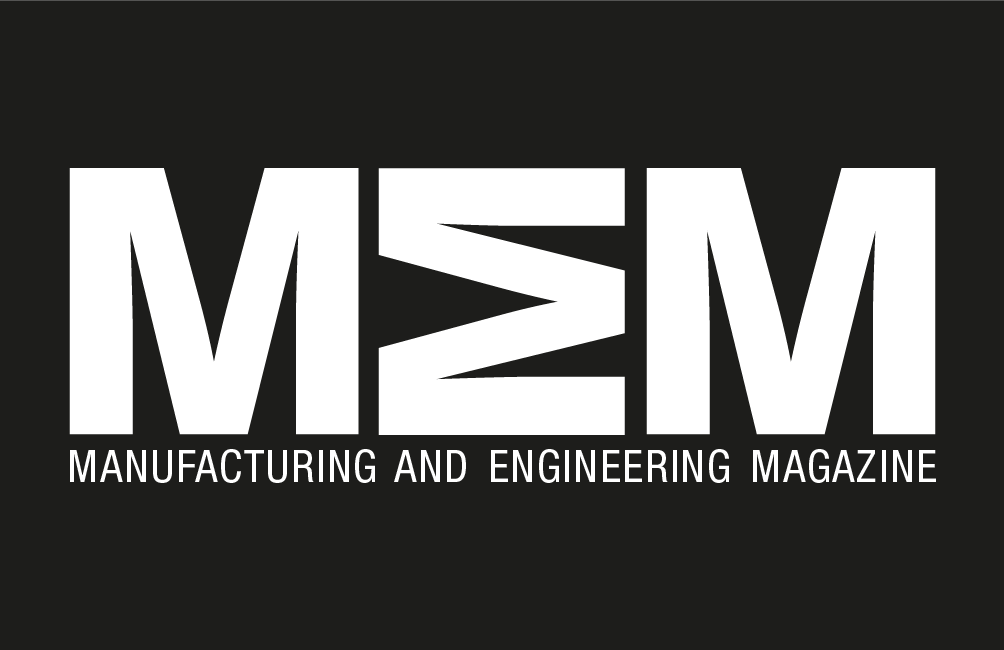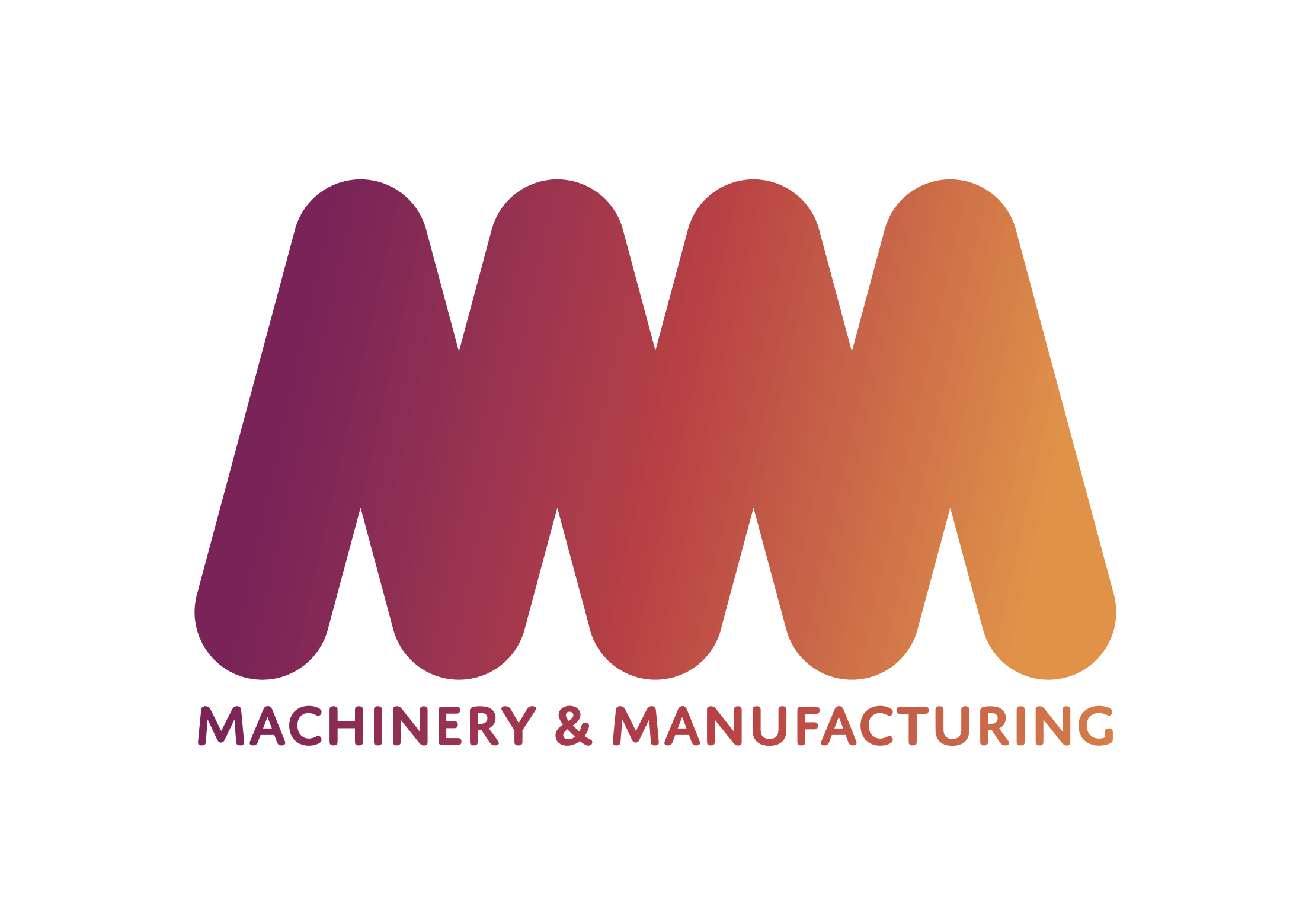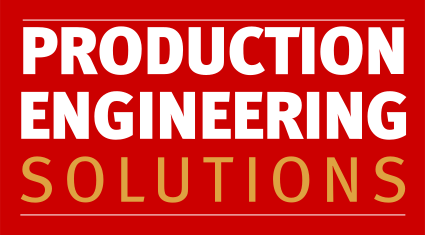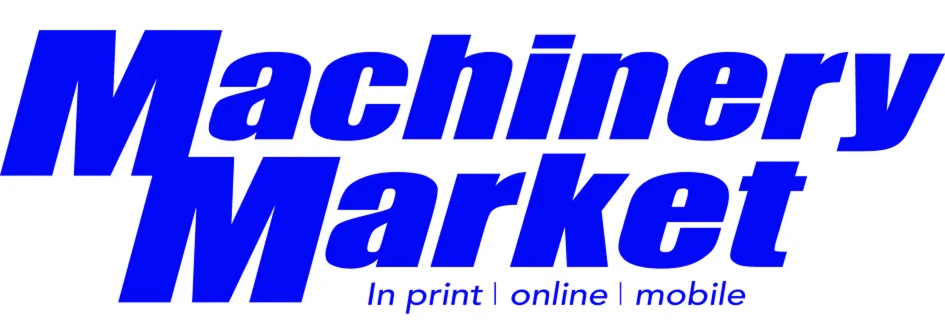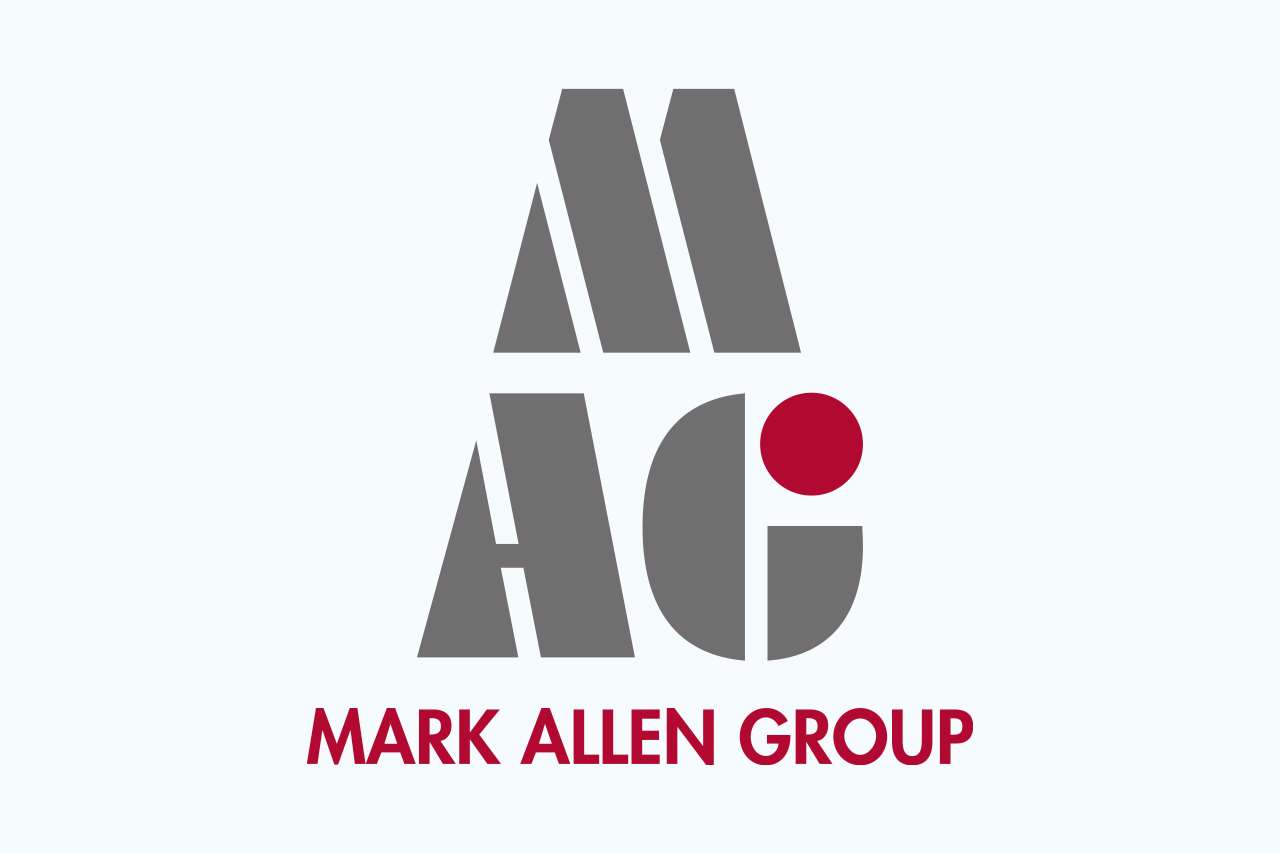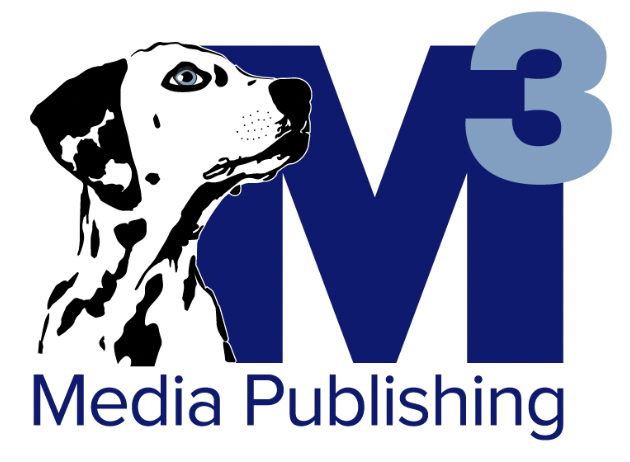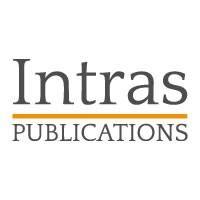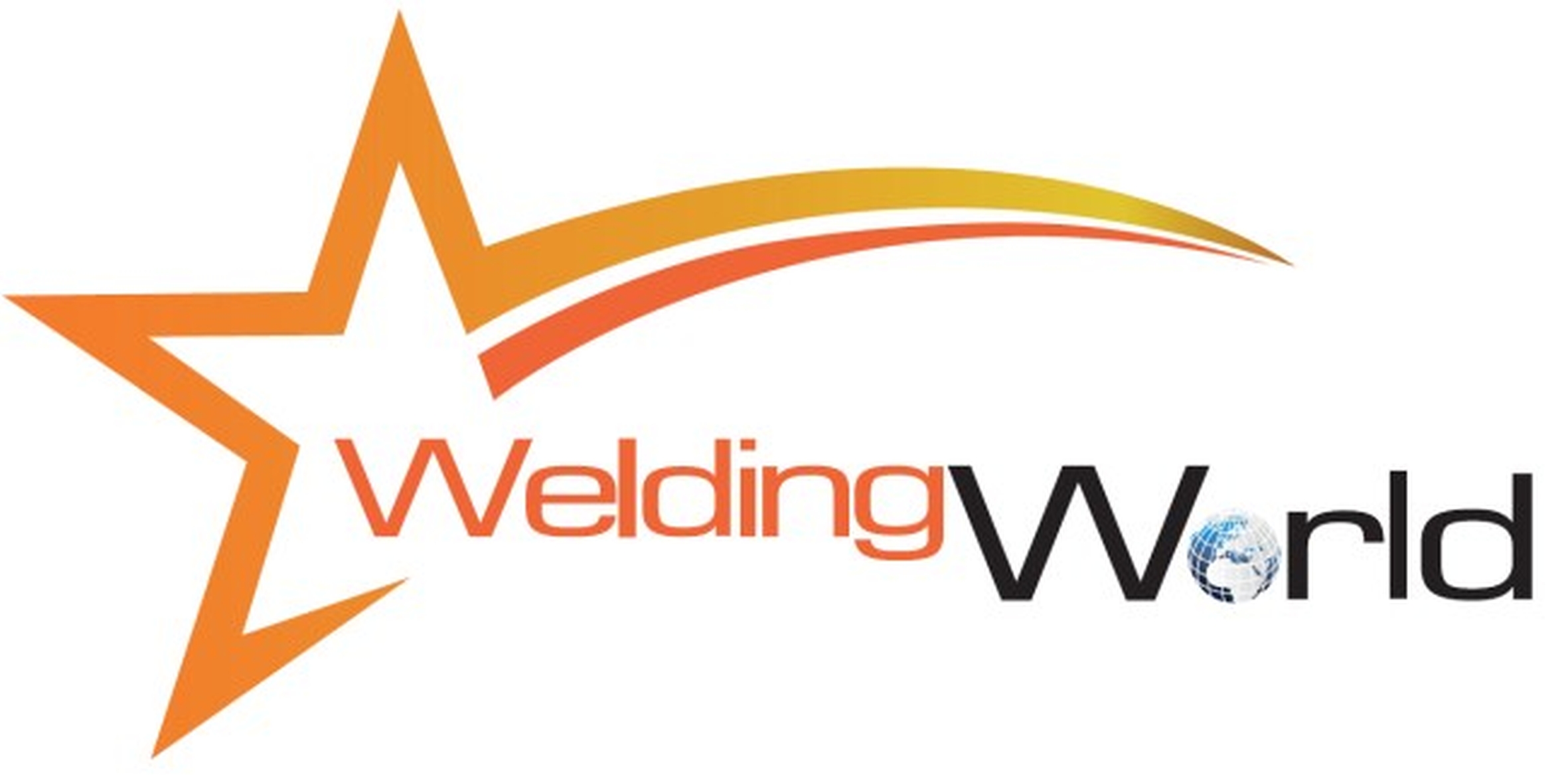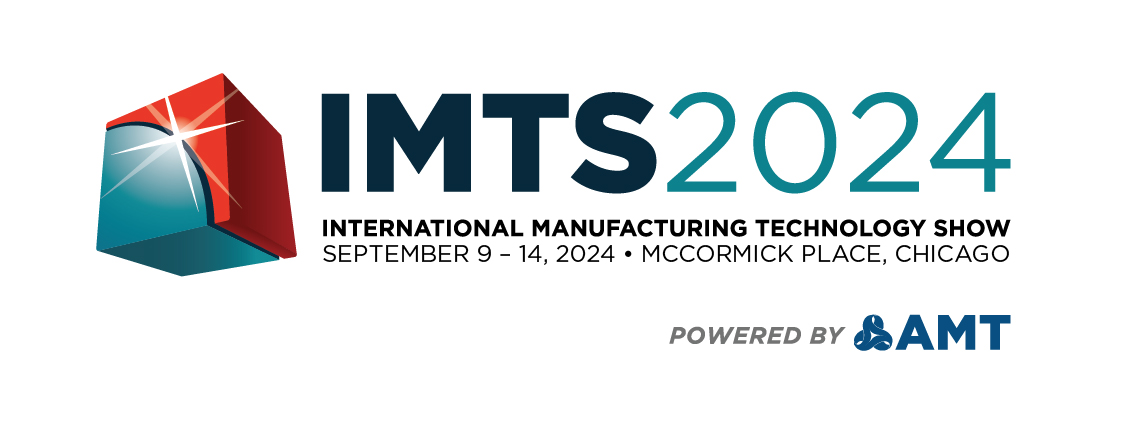When companies wish to reduce the energy cost of their industrial facilities, finding and repairing existing compressed air leaks is an excellent starting point. But such a task requires time, personnel, and the right tools. Thus, efficiency is key when it comes to carrying on a leak detection program. And, right now, nothing is more efficient than using an ultrasound camera.
Leak detection: challenges and obstacles
At this point, we all know how important it is to stop compressed air leaks from being a huge source of money waste. Industry is nowadays more conscious about this issue, but still, we have an industry average of 30% of all produced compressed air being lost to leaks. And of course, the higher the energy cost, the higher the waste. Leaks are bound to happen in all compressed air systems, in all industries, without exception.
However, some companies still hesitate to carry out leak surveys, or design a leak management program, even though the advantages of doing so are obvious. When leaks are found they can be repaired – an easy way to save money, right? In many cases, this is not so straightforward.
Even though compressed air leaks are almost unanimously recognized as a source of waste, companies do not always have these 2 essential things which are needed to carry out leak surveys: time and available personnel.
Leak Detection Methods
So, making sure that leak surveys are conducted as quickly and effectively as possible becomes key. Let’s then evaluate the different ways of finding compressed air leaks:
- Soap & Water Solution
Really not a much used method anymore. It consists of applying a solution of soap and water along the compressed air system and watching for bubbles. If it bubbles, then there is a leak. Easy to execute in theory, but cumbersome and extremely time-consuming. Thus, far from being effective.
- Ultrasound inspection instruments
This is probably the most popular and most used method to identify compressed air leaks. Traditionally, ultrasound inspection instruments were designed having leak detection practices in mind, so they are perfect for the task. The instruments are normally fixed at a certain frequency which will isolate the sound of leaks from other sound sources.
Note that these are listen-only instruments. The inspector can simply scan around in all directions until he hears a leak. The inspector then proceeds to follow the leak sound until being able to pinpoint the exact location. The instruments can record the dB level at the leak point, allowing for the creation of leak survey reports where the cost of the leak and carbon footprint can be estimated. Another great advantage of such devices is that they can be used for multiple applications like bearing condition monitoring, lubrication or steam traps & valves inspection.
Simple and effective, but since the instruments are listen-only, a leak survey might require some time investment, especially in large facilities or plants with a high number of leaks.
- Ultrasound Cameras
Recently, a new type of tool for leak detection purposes has been offered in the market: ultrasound cameras. And they are exactly what the name suggests: a camera that will show the inspector the precise location of the leaks. It’s that simple – switch it on and see the leaks displayed on the screen. Even the small ones! Minimal training required, highly accurate and effective, these cameras are, by far, the best way to find leaks. Such a tool makes leak surveys so quick, there are no excuses left to not carry them out.
A good example of how effective these instruments can be is the UltraView camera from UE Systems. It will display leaks on the screen in real time, even the smallest ones, also providing straight away an estimate of the leak cost on a yearly basis. All leaks can be saved directly to the Cloud. From the Cloud, leak survey reports can be easily created.
Examples of leak surveys conducted with ultrasound cameras
- While surveying a zinc and lead mine, the UltraView camera could pinpoint 8 leaks in just around 20 minutes of work! Doesn’t look like much, but these 8 leaks amount to a waste of 7118€ per year.
Just one single leak had an estimated annual cost of 903€. It was found in a compressed air pipe next to one of the main workshops in the facility.
- Industry: Mining
- Leaks found: 8
- Time: 20 minutes
- Estimated savings: 7118€ per year
- Food factories will typically have huge compressed air systems, which will naturally also have a big number of leaks. Besides the obvious energy waste, compressed air leaks at food & beverage plants also bring losses in efficiency, unplanned downtime and they compromise product safety and quality.
We could attest to how much money a typical food factory can be wasting on leaks, during a demonstration using the UltraView camera, on a pet food plant. In just 1 hour, 29 leaks were found across different locations along the compressed air system. Some of these leaks are quite expensive – amounting to an estimated total loss of 27800€ a year! And all that within 1 hour of the survey. Just one single leak (the biggest one detected) represented a waste of 2316€ per year.
- Industry: Pet food manufacturing
- Leaks found: 29
- Time: 1 hour
- Estimated savings: 27800€ per year
- Are you aware that a single leak can cost almost 6000€ a year? This is very possible (and more common than you think) when we talk about special gases. Ultrasound cameras can detect special gas leaks, in the same way it works with compressed air. In this case, while surveying a car manufacturing plant, a very expensive nitrogen leak was detected, costing 5912€ a year. Unfortunately, this is a common sight across the industry – special gases are quite expensive and leaks will cost much more than compressed air leaks. At this plant, for example, the price of nitrogen is around $0.3 per 1000 liters.
Besides the very expensive nitrogen leak, 29 compressed air leaks were also found, some of them costing well over 1000€ per year. In total, when we put together all the compressed air leaks and the nitrogen leak, we concluded they are costing this site almost 24000€ per year. All leaks were detected in about 1h30m.
- Industry: Auto industry
- Leaks found: 30 (including an expensive nitrogen leak)
- Time: 1h30 hours
- Estimated savings: 24000€ per year
- This is a plant manufacturing parts for the aviation industry. The maintenance team suspected the facility suffered from a significant amount of air leaks, but never really got the time to perform a leak survey.
Here, the UltraView managed to find 26 leaks in only 1 hour. These leaks are costing the plant an estimated 27300€ per year. Thus, the ROI for the UltraView in this case is around 8 months. One good example of expensive leaks is the one below, detected at a pressure regulator, costing 4570€ per year!
- Industry: Aviation
- Leaks found: 26
- Time: 1h
- Estimated savings: 27300€ per year
